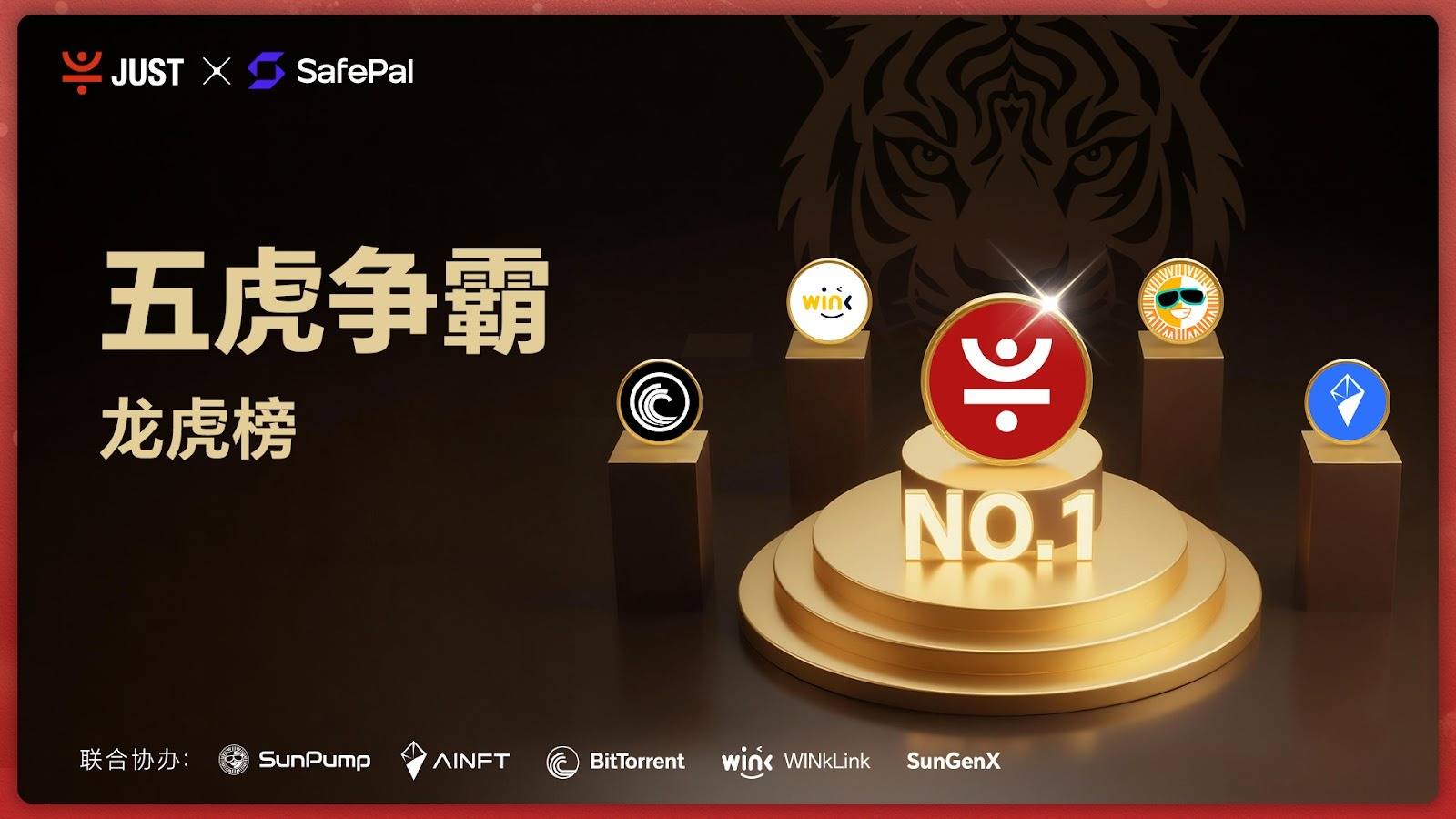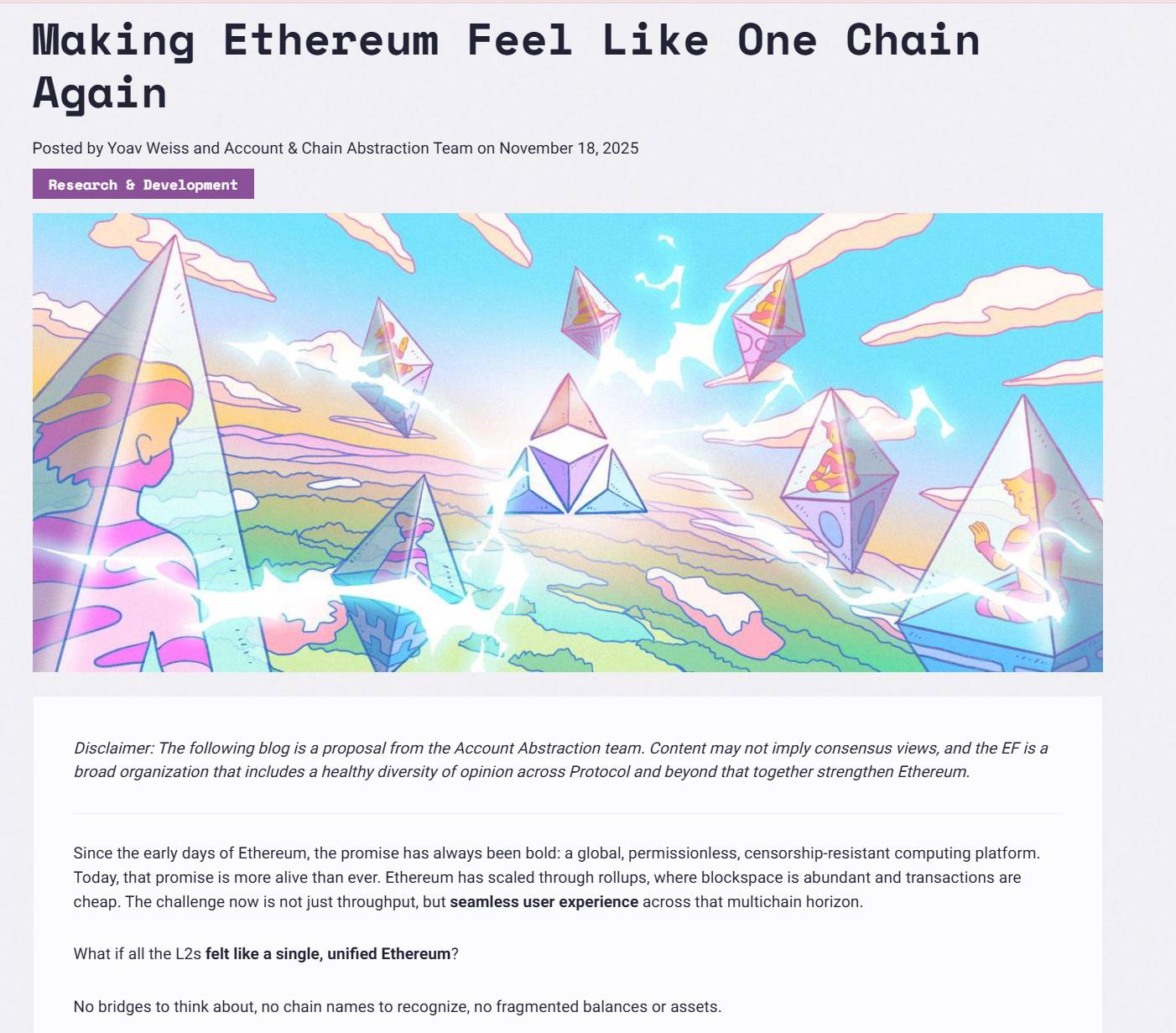Camp Network: The Next-Generation Blockchain for AI-Driven IP Monetization
- Camp Network launches mainnet and $CAMP token to tokenize IP as programmable on-chain assets, redefining digital ownership and value distribution. - Platform addresses IP inefficiencies via Proof of Provenance consensus, gasless transactions, and AI-compliant frameworks for automated royalty distribution. - $CAMP token drives governance and staking with 10B supply cap, supported by 80M testnet transactions and partnerships with KOR Protocol and RewardedTV. - $30M Series A funding highlights institutional
In the rapidly evolving intersection of artificial intelligence and blockchain technology, few projects have dared to reimagine intellectual property (IP) as a programmable, on-chain asset. Camp Network's recent mainnet launch and the introduction of its $CAMP token mark a pivotal moment in this transformation. By embedding AI-driven IP monetization into the core of its Layer-1 blockchain, Camp Network is not merely building infrastructure—it is redefining the rules of ownership, creativity, and value distribution in the digital age.
A New Paradigm for IP in the AI Era
Traditional IP systems are riddled with inefficiencies: opaque licensing, fragmented ownership, and slow royalty settlements. Camp Network addresses these pain points through a modular architecture that tokenizes IP assets—music, images, videos, even personal data—into verifiable, on-chain records. Its Proof of Provenance consensus mechanism ensures cryptographic traceability, enabling automated royalty distribution and reducing disputes over ownership. This innovation is particularly critical in an AI-first world, where generative models increasingly rely on rights-cleared data to train and operate ethically.
The platform's BaseCAMP global state ledger and SideCAMP execution environments create a scalable, gasless ecosystem for IP registration and monetization. Developers can build dedicated app chains for specific projects, isolating congestion while maintaining interoperability. Meanwhile, the mAItrix Framework provides a high-performance environment for AI agents, ensuring they operate only on authorized datasets. This alignment of AI development with legal compliance is a game-changer for industries like gaming, media, and publishing, where IP rights are paramount.
The $CAMP Token: Utility and Incentives
The $CAMP token is the linchpin of Camp's ecosystem. With a capped supply of 10 billion tokens, it serves as a medium for transaction fees, governance participation, staking, and creator incentives. Early data suggests strong utility demand: the testnet has already recorded 80 million transactions and 1.5 million IP assets. However, the token's initial volatility—peaking at $0.252 before a 60% decline—reflects the speculative nature of the market.
Investors must weigh this volatility against the token's long-term utility. Its role in governance and staking creates a deflationary pressure as users lock tokens to participate in network security. Additionally, partnerships with platforms like KOR Protocol (for music IP remix licensing) and RewardedTV (for Web2-to-Web3 monetization) demonstrate real-world adoption. These integrations validate Camp's vision of a decentralized IP economy, where creators and developers can monetize their assets without intermediaries.
Strategic Positioning and Market Potential
Camp Network's $30 million Series A funding, led by 1kx and Blockchain Capital, underscores institutional confidence in its roadmap. The platform's focus on IP as a first-class on-chain citizen positions it to capture a slice of the trillion-dollar IP market, which is increasingly digitized and AI-driven. By 2026, the full release of its AI integration suite—enabling automated royalty distribution and cross-industry data pipelines—could accelerate adoption in sectors like gaming and publishing.
Yet challenges remain. The token's current market cap of $205.68 million represents a small fraction of the broader crypto market (0.01%), indicating room for growth but also heightened risk. Regulatory scrutiny of AI and IP rights could also impact adoption.
Investment Considerations
For investors, Camp Network presents a speculative but compelling opportunity. The project's technical innovation—modular design, gasless transactions, and AI-native infrastructure—addresses critical gaps in existing blockchain ecosystems. Its partnerships and testnet traction suggest momentum, while the token's utility-driven model offers potential for long-term value capture.
However, prudence is essential. The token's volatility and the nascent stage of the AI/Web3 convergence mean that this is not a low-risk investment. A diversified approach, with allocations aligned to one's risk tolerance, is advisable. For those comfortable with the thesis of AI-driven decentralization, the $CAMP token could serve as a unique entry point into a sector poised for disruption.
In the end, Camp Network's success will depend on its ability to scale adoption and maintain its first-mover advantage in the AI-first IP economy. For now, the mainnet launch represents not just a technical milestone, but a bold reimagining of how value is created—and shared—in the digital age.
Disclaimer: The content of this article solely reflects the author's opinion and does not represent the platform in any capacity. This article is not intended to serve as a reference for making investment decisions.
You may also like
Who decides the fate of 210 billions euros in frozen Russian assets? German Chancellor urgently flies to Brussels to lobby Belgium
In order to push forward the plan of using frozen Russian assets to aid Ukraine, the German Chancellor even postponed his visit to Norway and rushed to Brussels to have a working meal with the Belgian Prime Minister, all in an effort to remove the biggest "obstacle."
The "Five Tigers Competition" concludes successfully | JST, SUN, and NFT emerge as champions! SUN.io takes over as the new driving force in the ecosystem
JST, SUN, and NFT are leading the way, sparking increased trading and community activity, which is driving significant capital inflows into the ecosystem. Ultimately, the one-stop platform SUN.io is capturing and converting these flows into long-term growth momentum.

The End of Ethereum's Isolation: How EIL Reconstructs Fragmented L2s into a "Supercomputer"?
EIL is the latest answer provided by the Ethereum account abstraction team and is also the core of the "acceleration" phase in the interoperability roadmap.
